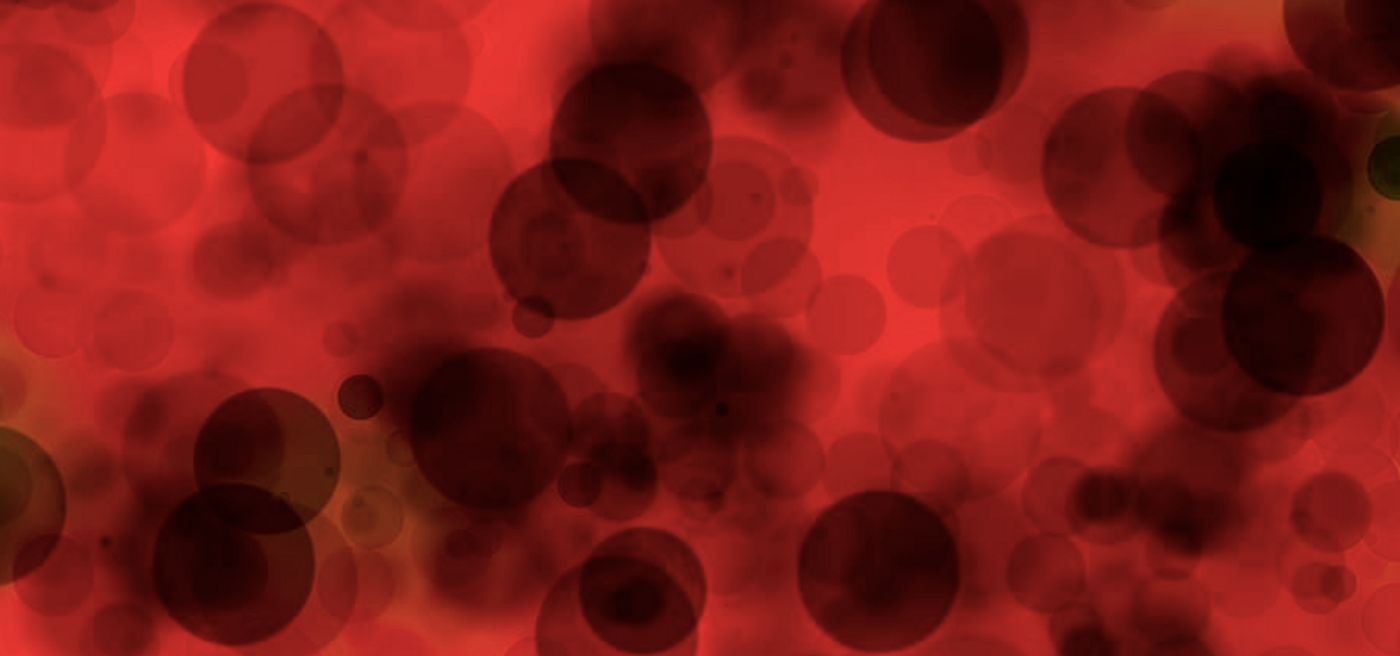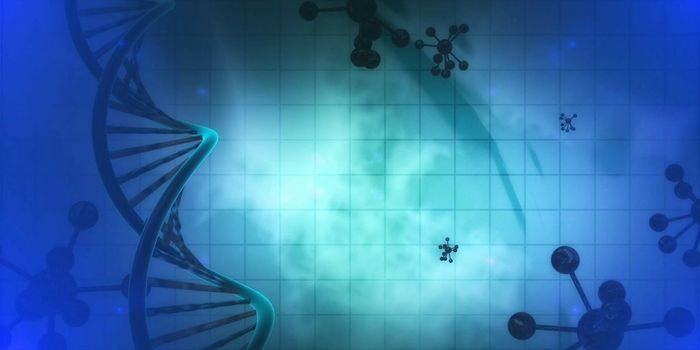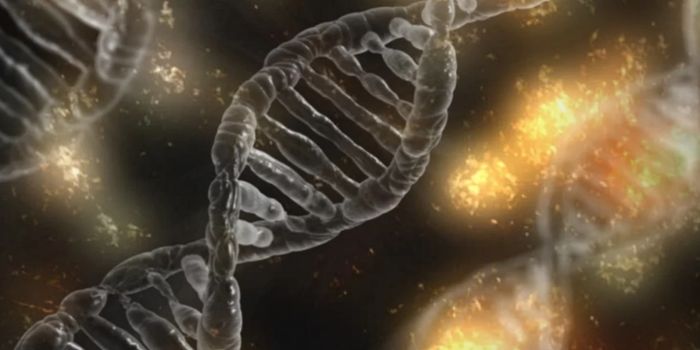Is It Possible to Prevent Leukemia in Down Syndrome Patients?
Children with Down syndrome, which happens when a person carries an extra copy or portion of chromosome 21, have a significantly higher likelihood of getting myeloid leukemia in the first five years of life compared to kids without the disorder. Now researchers have learned more about the kind of cell where leukemia starts in a preclinical model of Downs, information that's been elusive until now. The findings may help researchers open up new cancer prevention opens in the future.
The research, which was reported in Science, has also confirmed which genetic mutations build up in childhood and push preleukemia to change into acute leukemia. Newborns with Down syndrome often have transient preleukemia, and it might go away on its own, but it also can develop into acute myeloid leukemia within four years; this happens when cells acquire new mutations.
"A whole sequence of cellular events have already happened before a person is diagnosed with the disease. You can't tell at that point which sequence of events happened first, you just know that it has already happened," said co-senior study author Dr. John Dick, a Senior Scientist at the Princess Margaret Cancer Centre. "For the first time, our model is giving us insight into the human leukemia process. Ultimately, we may be able to prevent the acute illness by treating it in its earliest phase when it is preleukemic, to prevent its progression to full blown leukemia."
In this work, the researchers utilized a Down syndrome cell culture model generated from a biobank that included tissue from Down syndrome patients. They assessed different types of blood cells and found that only long-term hematopoietic stem cells (HSCs) give rise to transient preleukemia cells when they carry a mutation in a gene called GATA1. Cells that don't carry the Downs characteristics don't give rise to preleukemia.
Additional work indicated that acute leukemia only develops when both the Downs syndrome mutation, which is an extra copy or part of chromosome 21, as well as a mutation in the GATA1 gene, prepares the downstream cellular progeny of HSCs (which give continuously give rise to new blog cells) to gain additional mutations and cause acute leukemia.
"We actually created a human disease in a preclinical model by showing how the genetically edited as well as the normal human blood stem cells behave in it, and we succeeded in recreating the precise, progressive steps of how leukemia develops," said Dr. Dick. "We now have a lot of clues as to the genetic abnormalities these mutations are driving when they cause leukemia."
The scientists also suggested that a cell surface protein called CD117/KIT causes disease-promoting stem cells to proliferate. Additional work showed that inhibitors of CD117/KIT could stop preleukemia from transitioning to acute leukemia in the cell model. They added that this could impact the treatment of childhood cancers.
"The clinical significance of being able to target pre-cancerous lesions and preventing progression to cancer is profound," added Dr. Dick. "It would transform the pediatric cancer field."
Sources: AAAS/Eurekalert! via University Health Network, Science









